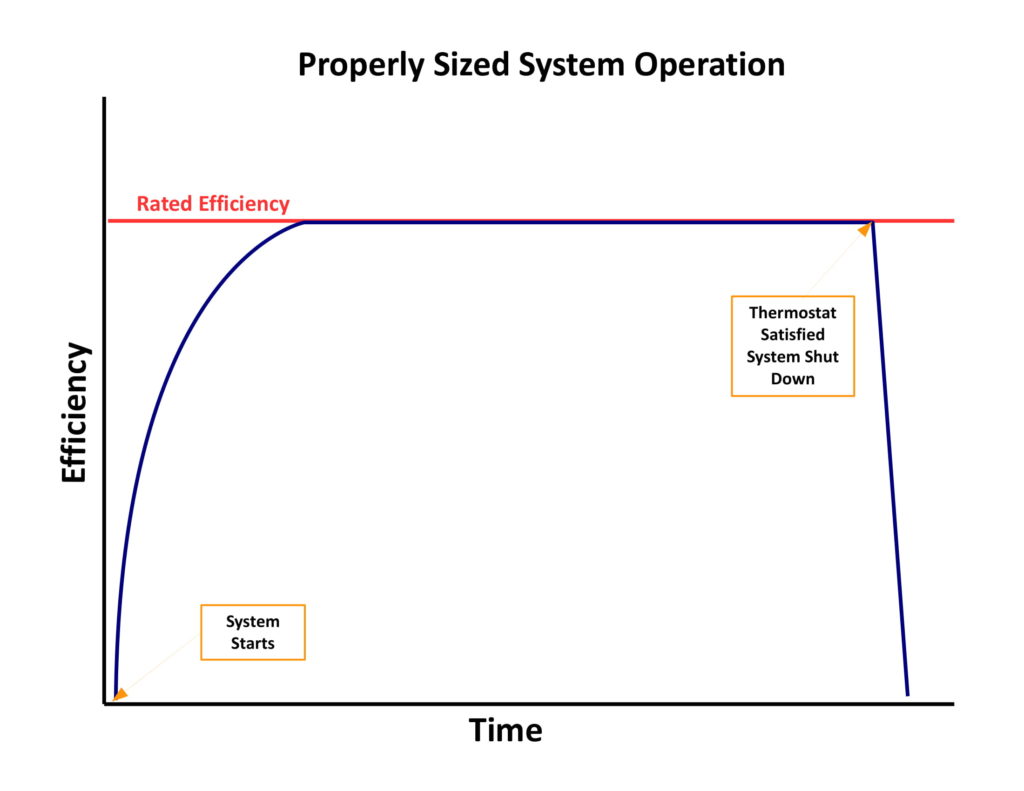Bigger Isn’t Better
When it comes to heater sizing a properly sized furnace is best
The theory of “Bigger is Better” isn’t the case for your homes HVAC system. Many homeowners believe that a larger furnace will heat there house faster… And though technically right, this isn’t actually a good thing. Here are the reasons why bigger isn’t always better, and why it’s important to have a properly sized furnace.
Reason 1 – Comfort
An oversized furnace can actually make the home less comfortable. This is generally due to the construction of the home, and the ductwork. An oversized furnace will tend to heat the house unevenly as the thermostat is satisfied (and will shut down the system) before all areas of the home can be made a comfortable uniform temperature. This will lead to portions of the home being uncomfortably warm, and other portions never quite getting warm enough. Often times, to rectify this when you have an oversized furnace, is to run the fan 24/7, which means higher electric bills. This is why it’s important to have a properly sized furnace.

Reason 2 – Wear & Tear
A properly sized furnace is designed to run for long periods of time, at its peak efficiency performance. An oversized furnace will short-cycle. Short-cycling is when the thermostat is satisfied too quickly, and the furnace doesn’t have enough time to evenly heat the home. This means that after the thermostat is satisfied, and shuts down the system, as the air in the home mixes, it’ll cool, and cause the thermostat to call for heat again shortly after it shut down. This short-cycling causes excessive wear and tear on all of the parts in the furnace. This excessive wear will cause parts to fail prematurely, and lead to instances where you won’t have heat when you need it most.
Reason 3 – Higher Utility Bills
A high-efficiency system can only lower your utility bills if the unit is properly sized for your home. When a system is short-cycling, as described above, the system never runs at its fully efficient potential. A system needs to work up to its efficient operation. This is why a high-efficient system that runs for long periods of time, utilizes less energy than those that are short cycling. Comparing your system to an automobile, a system that short cycles, is akin to a car that has only city miles on it. A lot of stops and goes utilizes more fuel than if the car was running for long distances at a constant speed. A properly sized furnace is similar to an automobile with all highway mileage. The reduction of stops and goes, and the increase in long-term operation at a constant efficiency results in a lower utility bill.



 Master HVACR# 19HC00091400
Master HVACR# 19HC00091400





